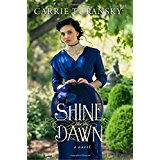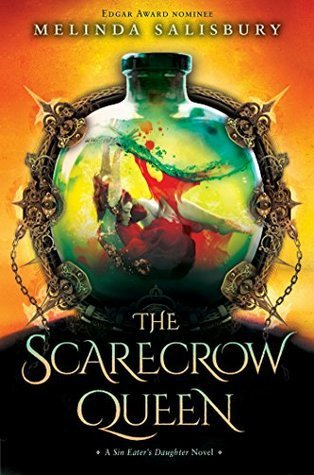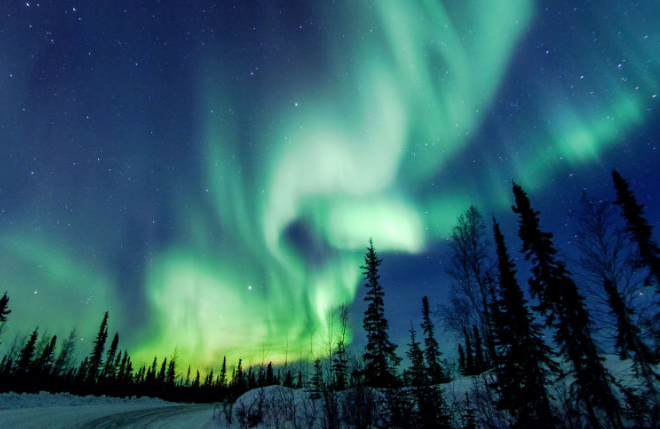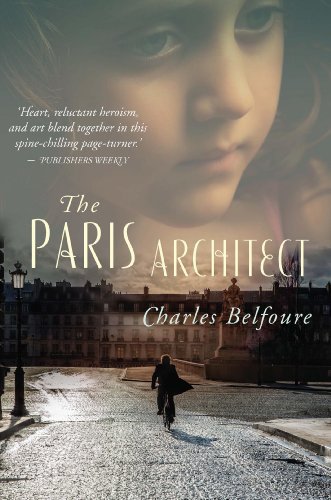For the past few years, for reasons I don’t really fathom myself, I’ve been reading a lot of Jane Austen biographies. So much so that I decided to write a post about them as I now have all this knowledge. I’m used to reading a lot about the same topic, since I did both a master’s and a doctoral thesis on L. M. Montgomery, the Canadian author who wrote Anne of Green Gables. A big part of the academic life is reading everything you can get your hands on about an author, a book, a period of time, or a theory – at least if you’re a literary scholar. Maybe people who are a bit obsessive compulsive to begin with become academics because of this trait, it’s a big bonus. Also, at least to me, there is something exceedingly satisfying about knowing a lot about any given thing, to dig deep and see what’s really there.
Another reason why I love reading various biographies about the same author is that I’m fascinated by how a life gets written, what different people make of the same facts of a given life, and especially when it’s a life of distant past, like Jane Austen’s, how writers make it understandable to readers (and themselves) who have no connection to that time or that person. I spent seven years of my life thinking about how you write about your own life – studying Montgomery’s journals – so I guess it’s only natural I’m now interested in how you write about somebody else’s.
Here goes, in no particular order:
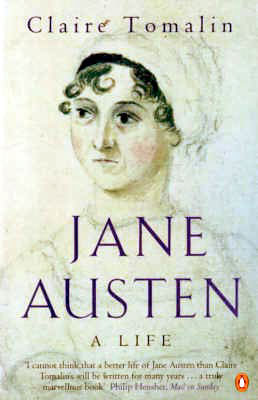
Claire Tomalin: Jane Austen. A Life. Penguin, 1997.
I read this big biography in September 2016 when I was staying at an artists’ residency in Northern Finland. I usually read first thing in the morning, so I made it my habit to start the day with a cup of tea and this book. It is a lovely biography, well written, meticulously researched, and thorough, which I appreciate as a scholar. My favourite part is the beginning, in which Tomalin depicts Austen’s birthday on December 16, 1775: “December came, bringing an epidemic of colds and feverish complaints. There was a sharp frost, putting ice on the ponds, enough for the boys to go sliding.” (1) According to Tomalin, on the 16th, the naturalist Gilbert White wrote in his diary: “Fog, sun, sweet day” (1). This is biographical writing at its best. Tomalin takes us back to the past and makes it alive. I remember looking up from that sentence – “Fog, sun, sweet day” – and experiencing a little jolt when I realised that in 1775 there was a similar day that existed just like the one I was then living. In 1775 a man wrote in his diary “Fog, sun, sweet day”, and in 2016 I was sitting in a kitchen, looking at drying herbs hanging from the ceiling, reading about Jane Austen, and the day outside was sunny and sweet.

Lucy Worsley: Jane Austen at Home. A Biography. Hodder & Stoughton, 2017.
This is a new biography, published this year, that I purchased in September when I was visiting Bath. Yes, how apt to buy a book on Austen in Bath. I got it from a lovely bookshop where they gave me complimentary tea. A girl dressed up in Regency clothes came in to buy some books by Fanny Burney. The book was quite expensive, but I’m glad I bought it. Not only is it beautiful as an object, but it introduced me to Lucy Worsley, who is one of the most delightful tv-presenters of all time – and an excellent writer and historian. Worsley does what I think is really difficult: she makes Austen’s world understandable and tangible to us modern readers. Even after reading a lot about Austen, I cannot say to be an expert on Georgian/Regency England or even England, since I don’t live there. Therefore it was an immense pleasure reading this book and having Worsley explain all the things that other biographers and historians don’t necessarily feel the need to explain. She answers the stupid questions, so to speak. Worsley shows us what the Austen household would’ve been like – lots of hard work, not working-class, but not rich either -, what Jane’s egg cup might’ve looked like, and what it really felt like not to have a home of your own (Jane, her mother and her sister were always reliant on their male relatives). The book is centred around the concept of home, which resonated with me, and Worsley makes a convincing case around how important home was to Austen as a writer and as a human being.
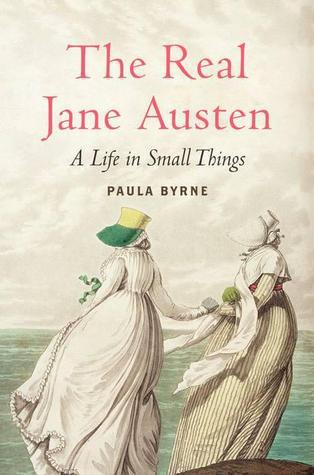
Paula Byrne: The Real Jane Austen. A Life in Small Things. HarperCollins, 2013.
This biography I bought in Guelph, Canada, and it features one of my favourite images on the cover: two Regency ladies who look like they’re about to jump and commit mass suicide. I always see them as lovers who cannot stand the restrictions of Georgian society, but maybe they’re just taking in the sea air. Byrne’s biography falls into the category of material history and is more a biography of objects rather than of Austen’s life itself. However, quite obviously, you can tell a lot about a person’s life through objects and things, and Byrne does so brilliantly. It’s also a refreshing take on a life of which few facts are known that then get repeated in biographies. Byrne takes objects connected to Austen, such as an East Indian shawl or a royalty cheque, and looks into the wider world around her. I have read another book by Byrne, Belle (2014), which deals with the history of the slave trade in Britain, and I especially liked Byrne’s discussion of slavery in connection with Austen.
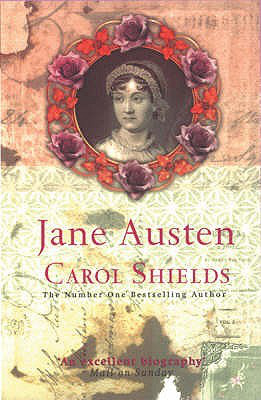
Carol Shields: Jane Austen. Penguin, 2001.
No need to hide my enthusiasm here, two of my favourite authors on the same cover! I love Carol Shields and I love Jane Austen, especially reading about her life, so I think it’s a perfect combination to have Shields write about Austen’s life. Shields was a literary scholar before she became a full time writer, so she knows what she’s doing. At the same time, she wasn’t the biggest fan of writing biographies, and indeed only wrote this one on Austen. In a letter to her friend and fellow writer, Blanche Howard, Shields voices her doubts on biography:
“May 18, 1999. … Almost every day I work on the Jane Austen project. I’ve discovered biography does not have nearly the truth of fiction, but does have other rewards. I feel as though I’m sitting here sewing together the various pieces of her life. And tossing in the odd heretical theory too. She is oddly positioned in the just barely unreachable past.” (441, A Memoir of Friendship: The Letters Between Carol Shields and Blanche Howard, edited by Blanche Howard and Allison Howard, 2007)
I know what Shields means about fiction being more truthful than biography. It’s odd writing about someone’s life because you cannot make it up. With fictional characters you can make up your own truth, but with biography you have to stick to the facts, even if it’s storytelling as much as anything else. Despite of this, or maybe because of it, Shields does a fine job in her short biography. It’s not overly scholarly but, like Shields’s novels, readable and wise.

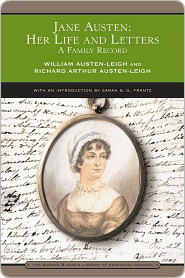
James Edward Austen-Leigh: A Memoir of Jane Austen. Oxford UP, 2002 (originally published in 1869).
William Austen-Leigh and Richard Arthur Austen-Leigh: Jane Austen: Her Life and Letters. A Family Record. Barnes & Noble, 2006 (originally published in 1913).
These two biographies or memoirs were written by Austen’s relatives. The first one by James Edward Austen-Leigh (Jane’s nephew) was published in 1869, over fifty years after Austen’s death in 1817, and is by someone who actually knew its subject. James was present in Austen’s funeral in lieu of his father, Jane’s eldest brother who couldn’t attend because of ill health. He was nineteen when his aunt died. In addition to his recollections and family history, Austen-Leigh includes Jane’s letters, youthful plays and poems. Since this was the first biography written of Austen, it was hugely influential on all later ones, and still provides an important glimpse not only to Victorian biographical writing, but first-hand observations of Austen’s character. However, several later scholars have pointed out that the Austen family presented a certain kind of image of their famous relative, one that was highly influenced by the ideas of femininity, propriety and modesty of the time. In this image they created a pious and angelic “Aunt Jane” who doesn’t really tally with the acerbic and humorous character found in her letters and novels.
The other biography, or “family record”, is by Austen’s grandnephew and nephew, published in 1913, close to the centennial of Austen’s death. According to the book’s introduction, it satisfied “the rapacious hunger for details of her growing, late-Victorian audience” and “became the gold standard of and foundation for Austen biographies for the next sventy-five years” (vii). We live surrounded by such a wealth of Austen material – biographies, research, films, museums, adaptions, books – that it’s sometimes hard to remember that a hundred years ago none of it existed. This book includes a lot of Austen’s surviving letters (Jane’s sister Cassandra burned many of her letters before her own death in 1845) and those are the best part of the book.
“Here I am, my dearest Cassandra, seated in the breakfast-, dining-, sitting-room, beginning with all my might.” (Sept 15, 1813; 216)

Helena Kelly: Jane Austen The Secret Radical. Icon Books, 2016.
This fairly new biography I have only just started reading, so cannot say much of it yet. It is more a reading of the novels rather than a traditional biography. According to the reviews, the book has caused some controversy, since it claims to offer completely new, radical readings of Austen’s novels, thus exposing Austen as a “secret radical”, as the title suggests, without really referring to any of the previous scholarship or readings on the books. Therefore I have my doubts, but I’m willing to give it a go. At least the fictional biographical pieces at the beginning of each chapter are nice, which makes me wish the author had written a fictional novel about Austen’s life instead. You can read more about the book here and here.
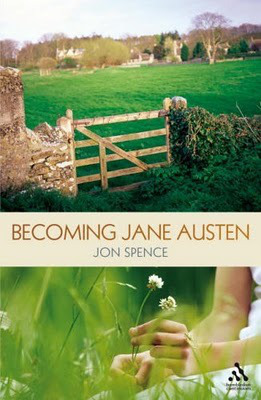
Jon Spence: Becoming Jane Austen. A Life. Hambledon Continuum, 2003.
Another biography I haven’t read yet. This book is responsible for the Becoming Jane film of 2007, starring Anne Hathway as Jane Austen, so if you love the film, this biography will probably interest you. If you hate it, well, then you know who to blame. I have mixed feelings about the movie, mainly because it once again turns the life story of a female author into a romance – apparently Austen almost eloped with a young Irish lawyer called Tom Lefroy – but it’s beautifully filmed, the costumes are lovely and James McAvoy as Lefroy is swoonworthy enough.
Advertisements Share this:

